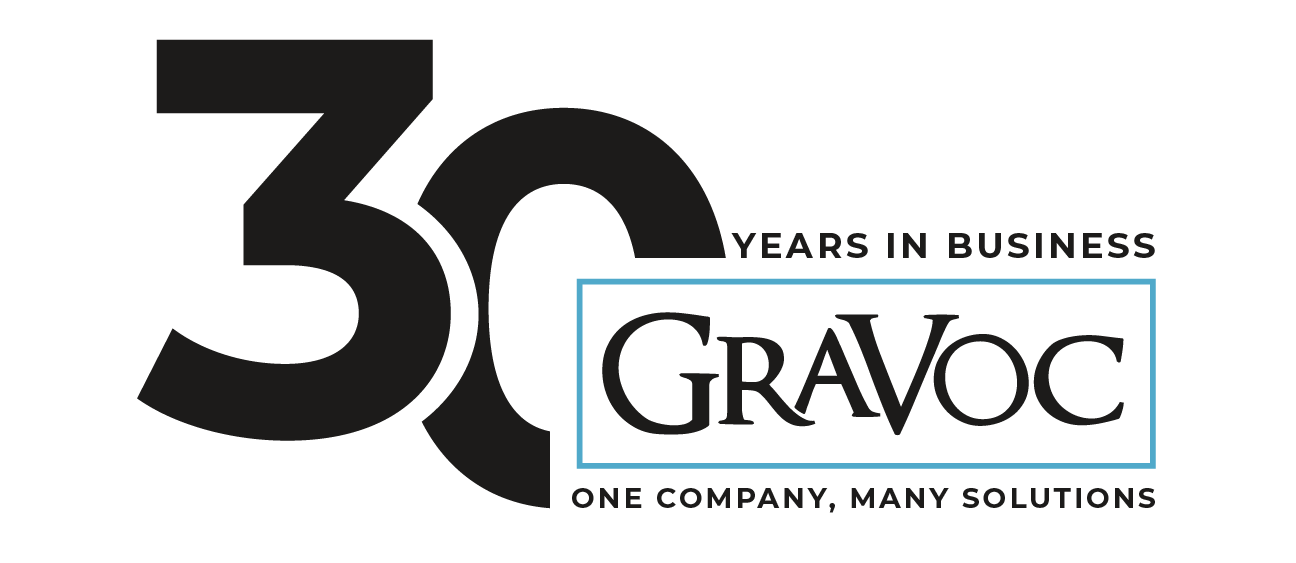Some of the most common questions we get asked by our clients are centered around content creation – why it’s important to generate content and how they should get started. Creating valuable content that engages customers is a great way for businesses to stand out in an increasingly competitive space. Today, content also plays a vital role in SEO (Search Engine Optimization) because optimized content can help businesses increase brand visibility and reach new audiences online. In this blog post, we’ll talk about some forms of content your business can explore and tips to start create engaging content.
But first .. what is content?
Content helps keep your audience engaged while at the same time well-informed. Content can come in a variety of forms including blog posts, videos, podcasts infographics, photos and more. So, how do you know what type of content to create? Knowing your audience can help you pick the right avenue of content creation. For example, does your target audience gravitate more towards video or reading? Another question to ask is what is your subject about? For example, if you are creating content about a product demo – a video might work better than a blog post so that users can visually see the demonstration. Knowing this information can help you choose what type of content to work on. Here are a few content examples:
Blog
Video
Podcast
Infographics
White Papers
Photos
By creating content that is valuable to your target audience, you can organically market your brand and connect with the right customers. Keep reading below to learn how you can get started with content or to learn more about popular content types, check out our blog post titled ‘What is Content?’
Start a blog:
Whether you’re a large company or a small business, blogs are an efficient and simple way to build and connect with your audience. A blog gives you additional real estate on your website to highlight successful projects, provide in-depth information about your products and services, share long-form client testimonials and case studies, and answer customer questions. A blog is also an effective tool to increase your business’ visibility in the search engine results page (SERP). There are more than 5 billion searches done on Google every day, and Google is looking for useful and relevant content to share with its users.
%
of businesses attribute their lead generation success to blogging
By writing detailed and engaging blog posts that speak to your customers and give them the information they’re searching for, you can secure a spot on the SERPs and boost organic traffic to your website. You can also turn your blog posts into shareable social media content to maintain an active digital presence for your business. Here are a few ideas to help you get started with blogging:
How-to articles
Guides
Relevant news stories
Frequently Asked Questions
Charity/Community work
Product reviews
Tips & Tricks
Top numbered list
Share your knowledge:
Take advantage of the industry knowledge and insight you have at your disposal to create content that positions your business as a thought leader or expert. Publish content on topics that align with your business and provide your target audience with information they’re likely searching for.
For instance, information security is one of GraVoc’s four service practices, so we regularly generate blog posts and videos that explore the cybersecurity landscape, explain common security-related terms and share security best practices. By sharing your knowledge through relevant content, you will gain customers’ trust and build authority.
Listen to your audience:
The main purpose of content creation is to attract and engage customers by providing information that’s useful to them. But it’s hard to generate relevant content ideas if you don’t know who your customers are and what types of topics interest them. So, take the time to get to know your audience by doing some research and interacting with customers. Once you have a solid picture of who you’re speaking to, you can start creating content using your knowledge and expertise to engage your customers, help them solve a problem or answer a question they may have – much like this blog post.
Explore common questions your clients ask
Search online for your topic to see what content already exist
Explore industry-related social forums and community groups
Include a call-to-action:
Adding a call-to-action (CTA) to the end of your content piece is a great way to drive traffic to relevant product and service pages on your website or to get interested viewers to connect with you. For instance, if you own a local bakery, you could write a blog post about your top 5 best-selling pastries and include a link to your product page so readers can check out your selection of pastries. Including a call-to-action at the end of your content tells your audience what they should do next and helps generate leads.
Contact Form
Button to service or product page
Pay attention to SEO:
Before you publish your content, make sure it’s optimized for the keywords you want to target. SEO, when done right, is a cost-effective marketing strategy to get your business in front of your target audience.
The first step when creating content for SEO is to perform keyword research. A keyword is a word that describes the content on your page or video the best and is the search term that you are aiming to rank for. Keyword research allows you to find popular, rank-able and relevant search terms. There are a handful of free keyword research tools as well as paid keyword research tools that you can take advantage of. Explore these tools to see what keywords people are searching for and what their search volume is. Knowing this will help you target your content accurately.
Repurpose your content:
One piece of content can go a long way! Once you start producing content, repurposing existing blog posts, podcasts, videos, etc. is a great way to refresh or expand the reach of your existing material without having to do much work.
For instance, you can turn a well-performing blog post into a short video or infographic. This way, you can reach new audiences across multiple channels without having to create content from scratch. Check out one of our examples. During a webinar, we demoed to users how they can easily create an interactive PDF. We then took this video content and created a blog post centered around the same information with the video added to the blog post. This allowed us to reach two different audiences – YouTube and organic search.
Experiment with content types:
Once you get comfortable creating content, don’t hesitate to experiment with different content types. You can combine diverse forms of content that work well together, such as blog posts and videos, to make your material more engaging and attract a wider audience.
Need help with content?
Our Creative Technology Team can help your business strategize and create impactful content that generates consistent leads. We provide everything from web design/development services to video production, drone services and more. Click below to contact us today to get started on creating engaging content!
Related articles
How to Make Your eCommerce Store Stand Out
In this blog post, we explore 12 must-have eCommerce website design features to make your online store stand out from the crowd.
Reimagining the Burns Landscape & Snow Management Website
Check out the redesigned Burns Landscape and Snow Management website! Our team optimized the website’s user experience and search visibility.
What is WooCommerce? Your Guide to the WordPress eCommerce Platform
What is WooCommerce? A complete guide to the eCommerce plugin for WordPress, including benefits, extensions, and hosting solutions.




